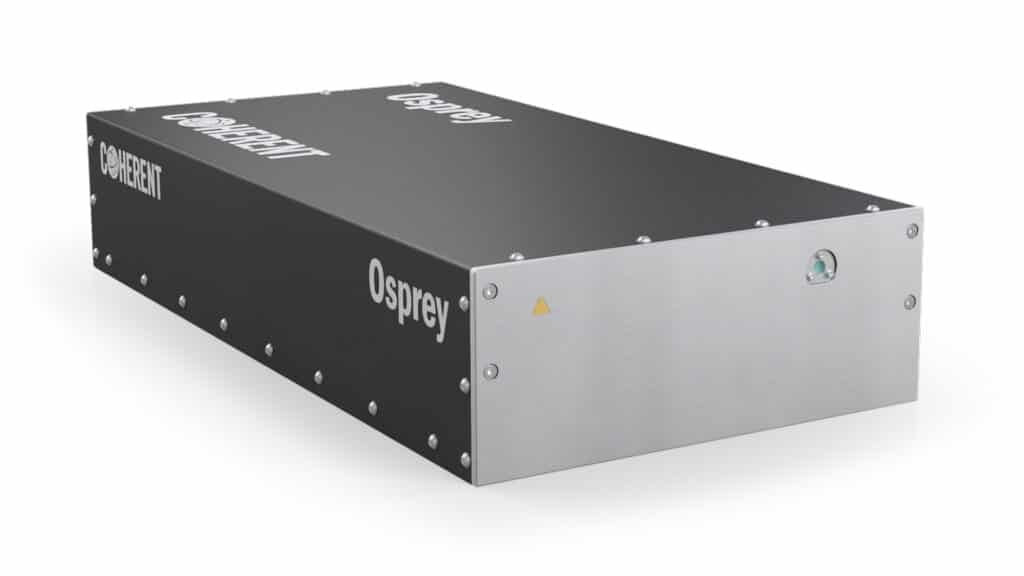The News: On March 21, I hosted a webinar panel with several Infleqtion quantum computing software team leaders to discuss the application optimizations critical for reaching Practical Quantum Advantage. They highlighted recent wins, customers, and some software optimizations they deploy in their Superstaq product. See the replay on YouTube.
The Quantum Software Experts:
- Dr. Pranav Gokhale, Vice President of Quantum Software, Infleqtion
- Victory Omole, Senior Quantum Software Engineer, Infleqtion
- Stephanie Lee, Quantum Software Manager, Infleqtion
Quantum in Context: Extreme Software Optimization with Superstaq
Analyst Take: Although quantum computing hardware gets much of the attention in the media and at conferences, it will ultimately be the software that delivers the applications and solutions currently intractable using classical approaches. Infleqtion’s Superstaq tool optimizes the quantum code written by developers to run much faster on different vendor and research lab hardware platforms. Without this kind of optimization provided by Infleqtion or its competitors, quantum computing cannot fulfill its promised breakthroughs in areas such as AI, chemistry, and financial services.
The Quantum Software Stack
Developers build software in layers, from low-level code directly controlling the hardware to high-level applications that implement solutions, solve problems, and interact with users. It’s not hard to find many good representations of the layered quantum software stack on the web. Inflection’s simplified stack shows five levels:

A quantum software developer implements code, often in Python and frequently using a software development kit (SDK) such as Qiskit or Cirq, at the Application and Algorithm levels. This code then goes to the compiler for translation into the instructions passed to the Control level and, finally, the Hardware level.
Both quantum and classical compilers perform some optimizations themselves or provide hooks for third-party extensions. For example, the quantum Hadamard gate is its own inverse, meaning that if you see two such consecutive instructions, you can usually remove them both because the second one undoes the effect of the first.
A quantum software developer plugs Superstaq into the sequence that compiles and then executes the code.

Superstaq understands quantum hardware, knows how it is controlled at the lowest level, and can greatly improve the developer’s code to run as efficiently as possible.
Example Code Optimizations with Superstaq
The Infleqtion team shared several examples of how their tool performs better than out-of-the-box quantum SDKs. Admittedly, these are pretty technical, but that’s because they are optimizations at the lowest level:
- A 15-times advantage using dynamic decoupling on IBM Quantum superconducting hardware running the Greenberger–Horne–Zeilinger (GHZ) entanglement circuit on 15 qubits
- A 17% reduction in pulse amplitude, resulting in fewer errors on the Sandia QSCOUT trapped-ion system
- Significantly better methods to characterize, verify, and validate quantum computer computations compared to quantum tomography
Regarding the last point, many people discuss the exponential advantages that quantum computing might offer. However, if you choose the wrong method for a task, the result can get exponentially worse as you use more qubits. Superstaq’s characterization approach avoids this pitfall.
Infleqtion uses Superstaq with its own Sqorpius neutral atom quantum computer. The company noted that it can work with any quantum hardware system provider and that it carefully firewalls work with one partner or customer from another.
Next on the Quantum Horizon: Error Correction
Today’s physical qubits and quantum operations acquire too many errors to implement large enough use cases that we care about. No one needs a quantum computer to solve small problems. We need many more qubits with low enough error rates to implement logical qubits and operations that can detect and fix mistakes or faults during processing. We cannot fix very bad qubits. They must be good enough and over a numeric quality threshold to allow us to use error correction techniques. Superstaq can optimize user code operating close to but below this threshold to exceed the level needed for error correction.
Superstaq Customers and Partners
During the webinar, Infleqtion announced that it had won a $1.2 million US Department of Energy Small Business Innovation Research (SBIR) award to accelerate the development of Superstaq.
The team also listed US government partners
- Argonne National Lab, including Q-NEXT,
- Lawrence Berkeley National Lab, and
- Sandia National Lab
and commercial collaborations with
- AWS,
- IBM Quantum, and
- JP Morgan Chase.
Key Takeaway
Superstaq should be strongly considered by any quantum hardware system provider or user to generate code that runs optimally.
Practical Quantum Advantage will occur when quantum and classical computing systems work together to solve problems in a significantly better manner than classical systems alone. Quantum software has an immense role in helping us get to this point as soon as possible. With Superstaq, Infleqtion is a strong competitor among companies seeking to gain every last bit of performance from our evolving quantum computing hardware.
Disclosure: The Futurum Group is a research and advisory firm that engages or has engaged in research, analysis, and advisory services with many technology companies, including those mentioned in this article. The author is a former employee of IBM and Infleqtion and holds equity positions in each company.
Analysis and opinions expressed herein are specific to the analyst individually and data and other information that might have been provided for validation, not those of The Futurum Group as a whole.
Other Insights from The Futurum Group:
Quantum in Context: Quantum Software Development Kit Qiskit Turns 1.0
Quantum in Context: Pasqal Is the Latest to Publish a Roadmap
Quantum in Context: Rigetti Q4 2023 Earnings and Other Numbers
Author Information
Dr. Bob Sutor is a Consulting Analyst for Futurum and an expert in quantum technologies with 40+ years of experience. He is an accomplished author of the quantum computing book Dancing with Qubits, Second Edition. Bob is dedicated to evolving quantum to help solve society's critical computational problems. For Futurum, he helps clients understand sophisticated technologies and how to make the best use of them for success in their organizations and industries.
He’s the author of a book about quantum computing called Dancing with Qubits, which was published in 2019, with the Second Edition released in March 2024. He is also the author of the 2021 book Dancing with Python, an introduction to Python coding for classical and quantum computing. Areas in which he’s worked: quantum computing, AI, blockchain, mathematics and mathematical software, Linux, open source, standards management, product management and marketing, computer algebra, and web standards.




